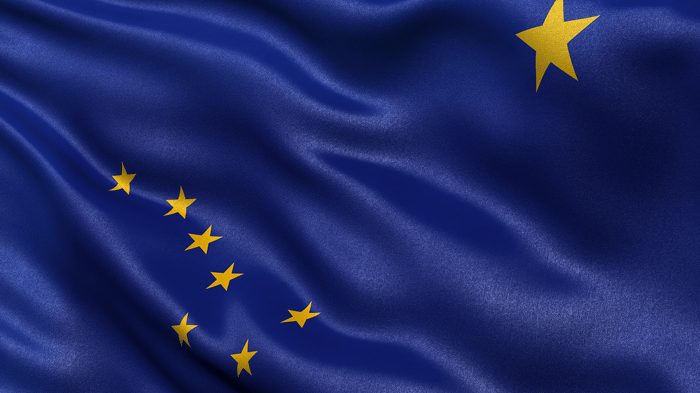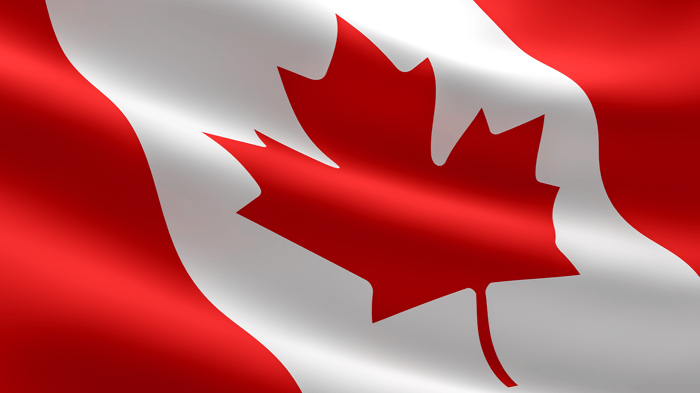Alaska, nature on a grand scale
With featured guest Cindy Miller Hopkins, American Photo Ambassador.
The “great land” or the “mainland” in Aleut is very aptly named. An immense territory and a mythical region, land of trappers and the origin of the greatest adventures, Alaska welcomes you to discover its changing, yet always grandiose, landscapes. During an 12-day cruise aboard Le Soléal, enter the kingdom of nature and explore incredible Alaska during a journey discovering all its mysteries.
The largest State of the United States also has the most diverse landscapes. From temperate rainforests forests to the icy scenery of the Arctic, the relief fluctuates between majestic fjords and snow-covered mountains. The legendary Mount Saint Elias is stunning, standing 5,489 metres (18,000 feet) tall, near the head of the Icy Bay. Inside the bay, you will also travel through the Tsaa Fjord, surrounded by hanging glaciers and dizzying waterfalls. Among the jewels you will have the chance of exploring, Prince William Sound is a sight like no other. Imagine a painting: it features coniferous forests, which hide, in the background, mountains that are bleached by the eternal snow. The glaciers moving towards the sea, dressed in their finest colours, provide another opportunity to contemplate and learn more about this unique ecosystem.
In the heart of this wild and majestic nature, you will set off to discover Alaskan life and customs, accompanied by our guides and naturalists, who are experts in the region. With local arts and crafts, the history of the emblematic totems and traditional shows, you are promised a real immersion into the local life of the communities. You cruise will also be an opportunity to go back in time to the 19th century and to the famous gold rush, so well told by Jack London in his novel The Call of the Wild.
Here, humans must share the vastness with the animal kingdom. At sea, have fun spotting the humpback whales as they blow on the horizon. On land, black bears and grizzly bears are the focus of most attention and observations, while the majestic bald eagle, the symbol of the Unites States, soars above in the sky. The crucial notions of this cruise involve searching and keeping an eye out; the unexpected and the uncertainty are what make these singular encounters even more spectacular.
We are privileged guests in these extreme lands where we are at the mercy of weather and ice conditions. The itinerary, landings on certain sites and the observation of certain wildlife cannot be guaranteed. They vary from day to day, making each PONANT cruise a unique experience. The Captain will make every effort to ensure that your experience is as rich as possible.
When searching for a luxury yacht expedition cruise, there’s one name above all else that you need to know – Ponant Cruises. Founded in 1988 by former French Merchant Navy officers, Ponant combines succulent luxury with authentic adventures on all seven continents.
From classic Mediterranean itineraries and Caribbean sailings, to bucket-list expeditions around Greenland and Antarctica, Ponant cruises proudly counteract the banality of mainstream voyages with a unique take on the concept of small-ship cruising. It’s the absolute trip of a lifetime.
















Like Le Boréal and L’Austral, the two sister ships that preceded it, Le Soléal further reaffirms PONANT's signature approach: to take passengers to the farthest reaches of the planet onboard five-star ships offering top-of-the-range services.
